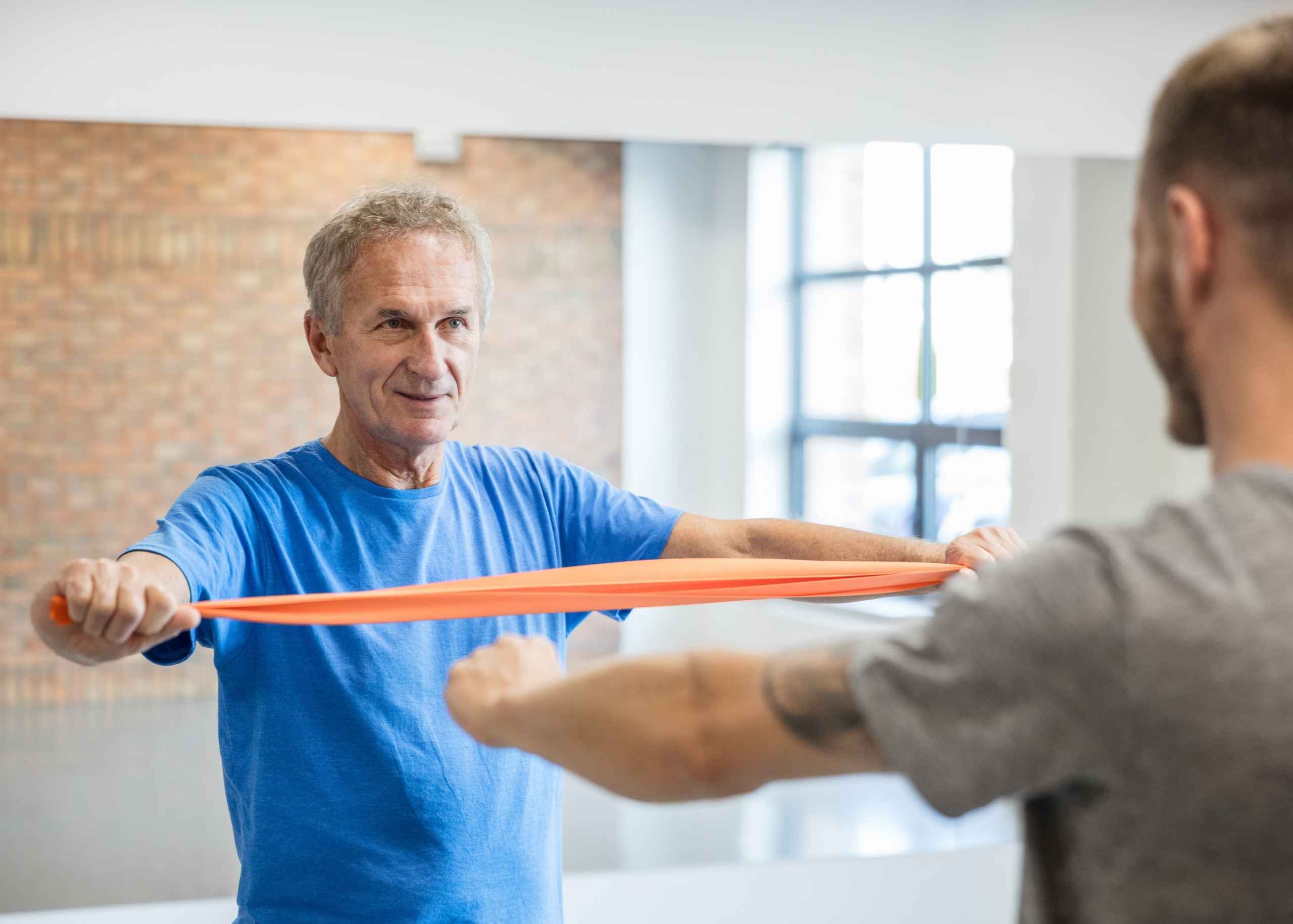What is Cardiac Rehabilitation?
Cardiac rehabilitation is a program to help patients with heart disease or surgery recover their strength and fitness. It can also help people with other heart conditions, such as diabetes, high blood pressure, or sleep apnea. Cardiac rehabilitation programs usually involve
- exercise training,
- education about healthy nutrition and behavior change,
- support from other patients in the program, and
- sometimes psychological counseling.
A cardiac rehabilitation program can be tailored to meet your needs and meet at times that are convenient for you. The most important part of cardiac rehab is exercise training. This helps your body get stronger and more efficient at managing its health.
Who Needs Cardiac Rehabilitation?
Cardiac rehabilitation program is not only for people who have had heart surgery but also for those who have had a heart attack or other conditions that affect their hearts. These include:
- Aneurysm (a bulge in the wall of an artery)
- Arrhythmia (irregular heartbeat)
- Heart attack
- Heart failure
- High blood pressure
What does Cardiac Rehab Involve?
Cardiac rehab starts with an initial evaluation by a doctor. The goal of cardiac rehabilitation is to help patients learn how to manage their heart disease and prevent future complications. Cardiac rehabilitation includes several different types of interventions, including:
Behavioral interventions focus on changing the patient’s behaviors to reduce their risk for future complications. Behavioral interventions include smoking cessation programs and weight loss programs.
Dietary interventions teach patients healthy eating habits to help them manage their heart disease symptoms and prevent future complications.
Exercise training focuses on helping patients learn how to exercise safely to improve their cardiovascular fitness levels and reduce the risk for future complications.
After the initial evaluation, you will meet with your cardiologist. They will discuss your medications, how much activity you should be doing, and how often to exercise.
You will also meet with an exercise physiologist who will design an exercise program that meets your needs and goals. The goal is to gradually increase the intensity of your physical activity over time while staying within safe limits based on your current health status.
Cardiac rehab sessions typically last six weeks but can vary depending on your condition and needs. Cardiac rehab usually involves two types of exercise: aerobic and resistance training.
Aerobic exercise includes walking on a treadmill, using an elliptical machine, or running on a track.
Resistance training involves lifting weights to build muscle mass. Cardiac rehab also includes education on healthy diet and lifestyle choices, such as quitting smoking and managing stress levels.
What are the Advantages of Cardiac Rehabilitation?
Some of the advantages of cardiac rehab include:
- Stress management: Cardiac rehab teaches you how to manage stress through exercises, which can help reduce your blood pressure and keep your heart healthy by reducing the amount of cortisol in your body.
- Improved fitness: Cardiac rehab improves your fitness level by getting you moving again and engaging in activities that increase endurance, strength, flexibility, and balance. This is especially important if you’ve recently had an illness or surgery because it’s crucial to stay active when recovering from these procedures so that you don’t lose too much muscle mass or become too weak.
- Improved diet: Cardiac rehab helps you develop healthy eating habits so that you’re not just eating whatever foods are convenient for when you’re hungry or tired—you’re ingesting nutrients from foods that will benefit your body long-term.
What Happens After Cardiac Rehab?
After cardiac rehab, you will continue to practice your new healthy habits. You will be advised to continue with your prescribed exercise program and any medication.
Your cardiologist and physiotherapist will continue to monitor your health and may recommend further treatment if necessary.
How to Stay Fit After a Heart Attack?
After a heart attack, staying fit is essential to improve your health and reduce the risk of a second heart attack. Getting back into your routine as soon as possible is crucial, including exercise.
Here are some tips for staying fit after a heart attack:
- Start with walking. Walking is the easiest way to move again, primarily if you’re not used to exercising regularly. It can also help you lose weight and lower blood pressure. Walking 30 minutes daily will help you regain shape faster than other exercises.
- Increase your activity gradually until you do 30 minutes of moderate exercise five times per week (for example) or 20 minutes of vigorous activity three times per week (like running). You may need to take it slow at first—even just getting out of bed in the morning and walking around may be enough for now! You should be able to add more time as long as it doesn’t cause pain or fatigue.
- Don’t forget about strength training! After a heart attack, your body will be weaker than before because it needs more oxygen due to damaged muscle tissue that needs repair; therefore, strength training is essential.
Cardiac rehabilitation can save your life after a heart event like a heart attack. It helps reduce the risk of dying from heart disease and the risk of having another heart event. It enables you to get back to being an active community member.
Researchers at Harvard Medical School reported that cardiac rehab reduces heart-related mortality by 20%, hospital readmissions by 28%, and increases the patient’s quality of life, ability to carry out daily activities, and overall mental well-being.
Our experienced physiotherapists are dedicated to helping you recover from a heart attack or surgery. They will guide you through a comprehensive program of exercises, which have been tailored specifically for your needs to help you achieve your goals—whether that’s walking again or simply feeling better.
We believe in empowering our patients and helping them regain control over their health. If you’re looking for an expert team of physiotherapists who can help support you on your journey back to wellness, look no further than Burjeel Hospital, Abu Dhabi.









